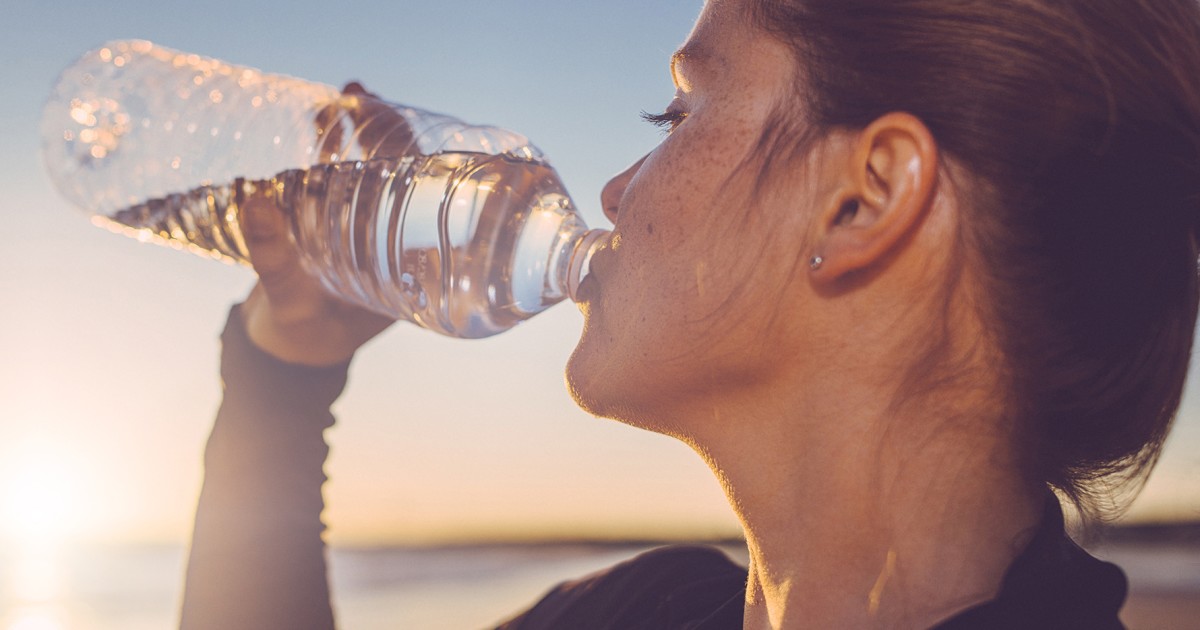Warning Signs Of Senior Loken Syndrome
Senior Loken syndrome is a rare inherited condition that causes severe eye and kidney problems. Doctors estimate it impacts approximately one in one million individuals worldwide, and patients typically begin to display symptoms shortly after birth or during their early childhood. Genetic testing can be used to diagnose this syndrome, and doctors will also perform detailed visual, renal, and neurological examinations. For example, patients will have a visual acuity test and a test of their color vision, and fundoscopy exams and an electroretinogram might be necessary. Refraction tests and eye movement studies are generally performed as well. To evaluate renal symptoms, an abdominal ultrasound is used to properly examine the kidneys, and the liver will be checked during this procedure to detect liver fibrosis.
The symptoms outlined below are some of those most commonly seen in patients with Senior Loken syndrome.
Excessive Thirst And Urine Production

The renal issues associated with Senior Loken syndrome often result in excessive thirst and urine production. These symptoms usually begin in the early stages of the syndrome, and both thirst and urine production could increase as the disease progresses. Excessive urine production is generally defined as passing more than three liters of urine per day, and this may be accompanied by an increase in urinary frequency. The typical urinary frequency for healthy individuals is between four to six times per day, and clinicians classify urinary frequency as excessive if a patient urinates more than eight times in a day. Patients with Senior Loken syndrome will need to have their kidney health monitored by a pediatric nephrologist, and they should measure the concentration of the patient's urinary output. The specialist will also need to monitor whether sodium is being properly excreted in the urine.
Uncover the next symptom of Senior Loken syndrome now.